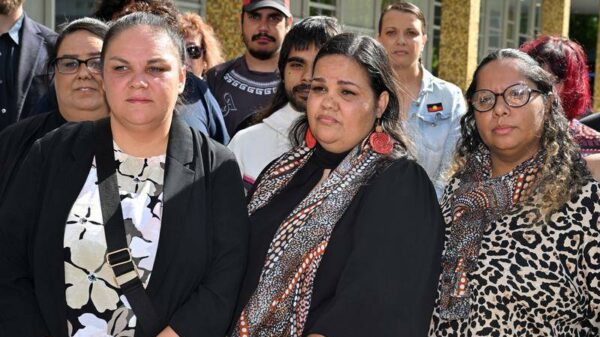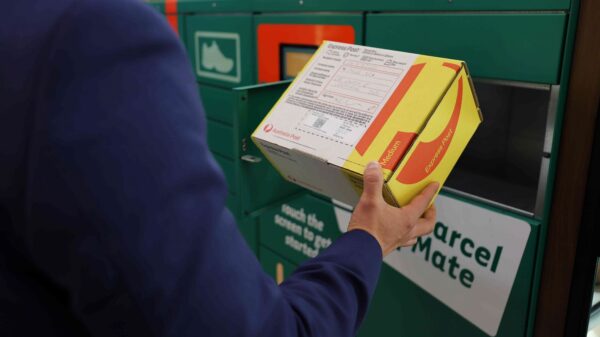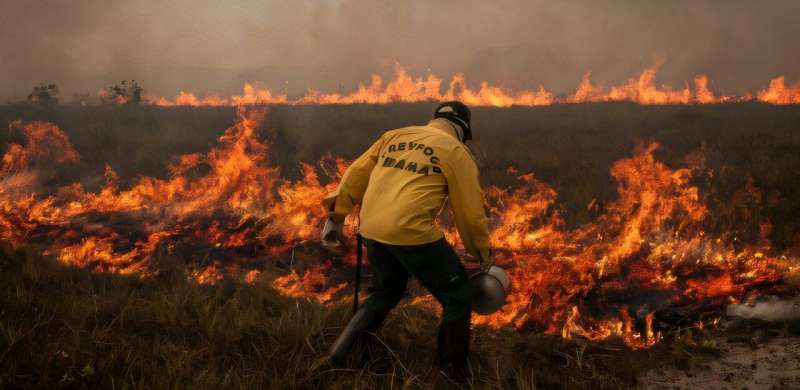The Brazilian Amazon has witnessed a staggering increase in forest degradation, rising by 163% over the past two years, according to recent research. This alarming trend comes despite a significant reduction in deforestation rates, which fell by 54% during the same period. The findings, published in Global Change Biology, highlight a troubling “negative balance” in efforts to protect this vital ecosystem, especially as Brazil prepares to host the United Nations Climate Change Conference (COP30) in November 2025.
Researchers from the National Institute for Space Research (INPE) in Brazil, along with partners from the University of São Paulo (USP) and institutions in both the United Kingdom and the United States, conducted the study. They found that while deforestation involves the complete removal of native vegetation, degradation represents a decline in forest health without complete destruction, often due to factors such as selective logging and fires.
Between 2023 and 2024, alerts regarding forest degradation in the Amazon increased by 44%, marking a sharp rise compared to 2022. In 2024 alone, approximately 25,023 square kilometers of forest were degraded, with around 66% attributed to forest fires, an area slightly larger than the entire country of Israel. In contrast, the area deforested during the same timeframe was 5,816 square kilometers, the lowest increase in a decade.
Guilherme Mataveli, a postdoctoral fellow at INPE’s Earth Observation and Geoinformatics Division, emphasized the complexity of identifying degradation. “Degradation is a more difficult process to identify than deforestation because it occurs while the forest is still standing,” he explained. The recent severe drought conditions in the Amazon, with monthly precipitation deficits of 50 to 100 millimeters and temperature rises exceeding 3 °C, have exacerbated the situation, leading to the highest number of fire hotspots recorded since 2007 at 140,328.
The researchers stress that the health of the Amazon is crucial not only for biodiversity but also for its role in regulating the global climate. Previous studies have indicated that nearly 40% of the standing forests in the Amazon are degraded, highlighting the scale of the challenge. The emissions resulting from degradation are significant, with estimates ranging from 50 to 200 million tons of carbon dioxide equivalent per year, comparable to emissions from deforestation.
To combat these issues, the study suggests the implementation of improved fire management practices and large-scale restoration projects. Integrating these strategies with carbon credit markets could provide financial incentives for landowners and local communities to adopt sustainable practices. Nevertheless, challenges remain in accurately tracking degradation and establishing accountability mechanisms for those responsible.
Brazil has made commitments under the Paris Agreement, aiming to reduce net greenhouse gas emissions by 59% to 67% by 2035, compared to 2005 levels. The upcoming COP30 will serve as a critical platform for reviewing these targets and assessing the nation’s progress in addressing climate change.
As Brazil navigates its role in the international climate dialogue, the findings underscore the urgent need for effective policies that address both deforestation and degradation. The ability to monitor forest health and emissions accurately is essential for ensuring sustainable management of the Amazon, a biome crucial for global ecological stability.



























































